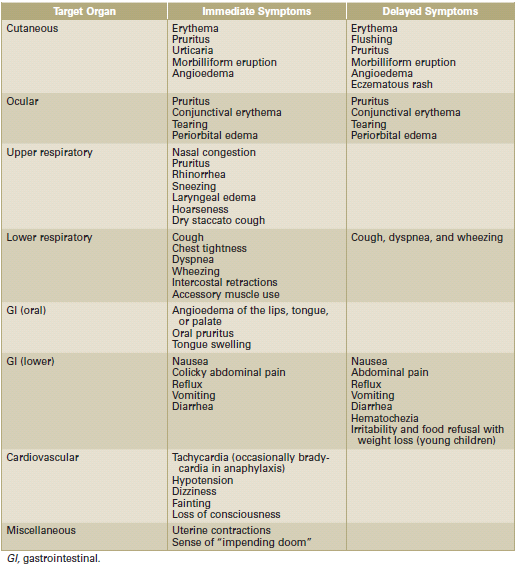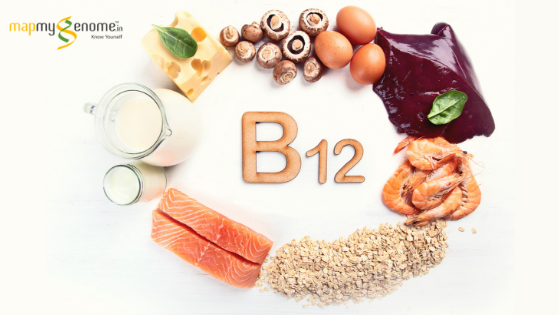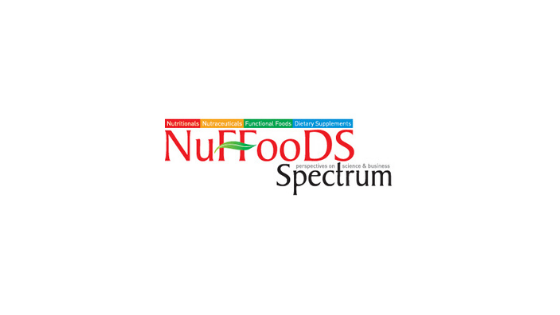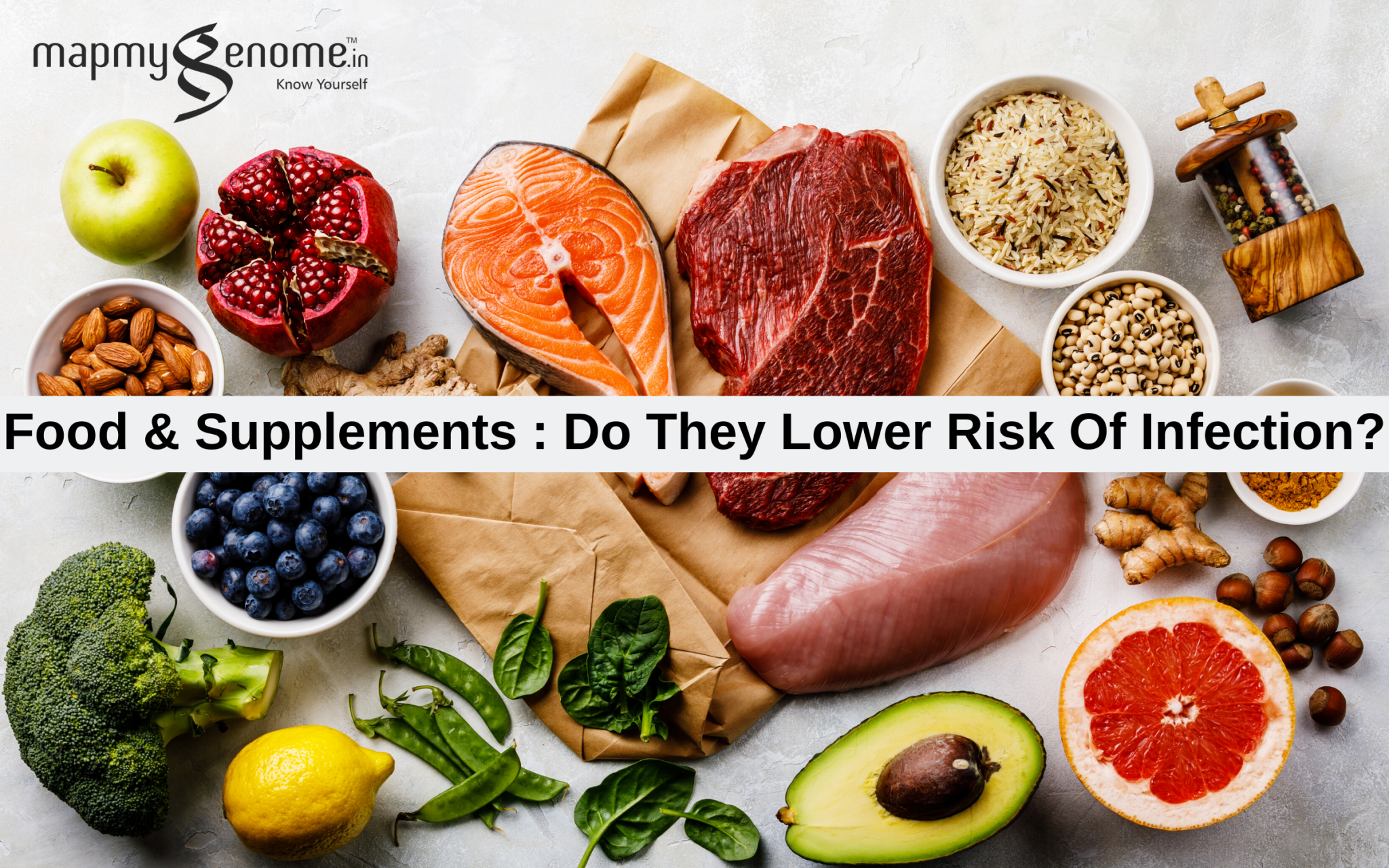
You are what you eat – this is a well known fact. What few know is that our genes play a role in influencing our reaction to a particular food. Experts agree that a diet which agrees with our genetic makeup will improve the quality of our life. We have analyzed the role of genes in food allergies.
A Quick Look Through:
One of the very few things we think about at the beginning of the day is food. It is an important element in our day-to-day lives, and therefore the safety of food is a common human right. Globally, more than a billion people are at a high risk of consuming food in unsafe quantities, with nearly a million of them acquiring foodborne illnesses that can even cost their lives. Food allergy is an uncommon reaction to a particular food, prompted by the immune system of our body. The most common foods that trigger an allergic reaction are fish, peanuts, walnuts, shellfish, eggs, milk, soy, and wheat. Spoilage to food products may happen in many ways; any stage of production (preparation and processing); presence of microbes on untidy surfaces. Microorganisms like bacteria and virus will grow at a faster than expected rate when raw and uncooked food is left exposed to chilling or extreme temperatures. The word food safety in general describes all the factors that are needed to keep food safe from spoilage. Safety of food depends on the combined efforts of everyone included in the food supply. Throughout the food chain, it is the combined responsibility of everyone like farmers, producers, caterers and retailers to ensure the safety of food. Also, government authorities should put in-laws to protect individual and public health. (Fung, Fred et al, 2018).
Definition:
The expert panel report by the National Institute of Allergy and Infectious Diseases (NIAID), USA defined food allergy as “an adverse health effect arising from a specific immune response that occurs reproducibly on exposure to a given food”.
The Genetic Side of Food Allergy:
Harmful reactions to food are documented in more than 25% of the population during their lifetime, with high prevalence during infancy and early childhood. These reactions can be classified on the basis of pathological changes, drug-associated reactions, food poisoning, dietary intolerances, environmental factors, gene-gene interactions, etc. A study conducted by scientists at John Hopkins Bloomberg School of Public Health, USA revealed that a region of genome like human leukocyte antigen (HLA)-DQ and HLA-DR present in our chromosomes cause food allergy. This region, they say is particular to peanut allergy and celiac disease. Another study revealed that the SERPINB gene group on chromosome 18 is the risk location for one particular type of food allergy.
Research reports like these reiterate the importance of genetic and molecular research for our society as a whole, the reason behind differences in response to food, and the importance of knowledge about food allergies. Another research study reported that some allergies can be gender-related, inherited from parents. They concluded, high rates of inherited allergies from mothers were found in girls and high rates of inherited allergies from fathers in boys. This has suggestions for identifying allergy in children and planning preventive measures. Most importantly, it is always advised to take necessary precautions with certain foods if at least one parent is known to be allergic (Arshad, S Hasan et al, 2012). The table given below has the food-induced allergic reactions and the organ of the target.

(Source: Panel NS. Guidelines for the diagnosis and management of food allergy in the United States: report of the NIAID-sponsored expert panel. Journal of Allergy and Clinical Immunology. 2010 Dec 1; 126(6):S1-58).
Factors associated with Food Allergy and Dietary Management:
Food Allergy is associated with factors like air pollution, vaccinations, medications and exposure to pet animals, cleansing liquids and smoking products. Dietary management starts with identifying the allergens causing and explaining the symptoms. Factors of annoyance like emotional disturbances and fatigue should be listed out. An understanding of how to obtain these special foods and flours is very important, guaranteeing nutritional adequacy. The below image contains information on anti-allergy foods.

(Source: https://www.nationwidepharmacies.co.uk/nwp-news/anti-allergy-foods/)
To put it concisely, we acquire most food allergies from birth and these can affect us our adulthood. That said, we cannot rule out the contraction of allergies post adulthood and to the contrary of it, we improve resistance to anything that causes allergies to our body. In the future, we will be able to understand preventive and management measures and we can also look forward to insights from the growth in epigenetic sciences.
How Can Mapmygenome Help You:
With our proprietary test MyNutriGene, you can get an insight into your immunity, genetic predisposition to specific health conditions, and choose optimal health plans to pre-empt most of these risks. Our test will also help you learn about your metabolism, fat/carbohydrate response, food intolerance, and eating behaviour. Knowing what foods work for you will go a long way towards building better health. It’s time to Eat Wise, DNA Wise! To get this test done, write to info@mapmygenome.in or call us at 1800 102 4595.
References:
- Arshad, S Hasan et al. “The effect of parental allergy on childhood allergic diseases depends on the sex of the child.” The Journal of allergy and clinical immunology vol. 130,2 (2012): 427-34.e6. doi:10.1016/j.jaci.2012.03.042
- Benham, B. and Health, J. (2015). Do Genes Play a Role in Peanut Allergies? New Study Suggests Yes. [online] Johns Hopkins Bloomberg School of Public Health. Available at: https://www.jhsph.edu/news/news-releases/2015/do-genes-play-a-role-in-peanut-allergies-new-study-suggests-yes.html [Accessed 22 Jul. 2019].
- Chapman JA, Bernstein IL, Lee RE, Oppenheimer J, Nicklas RA, Portnoy JM, Sicherer SH, Schuller DE, Spector SL, Khan D, Lang D. Food allergy: a practice parameter. Annals of allergy, asthma & immunology. 2006 Mar 1; 96(3):S1-68.
- Dnafit.com. (2019). Are food allergies genetic? [online] Available at: https://www.dnafit.com/advice/nutrition/are-food-allergies-genetic.asp [Accessed 22 Jul. 2019].
- Feeney, Moira C. “Nutritional and dietary management of food allergy in children.” The American journal of clinical nutrition22.1 (1969): 103-111.
- Fung, Fred, Huei-Shyong Wang, and Suresh Menon. “Food safety in the 21st century.” Biomedical journal 41.2 (2018): 88-95.
- Panel NS. Guidelines for the diagnosis and management of food allergy in the United States: report of the NIAID-sponsored expert panel. Journal of Allergy and Clinical Immunology. 2010 Dec 1; 126(6):S1-58.
- ScienceDaily. (2017). Genetic causes of children’s food allergies. [online] Available at: https://www.sciencedaily.com/releases/2017/10/171024110707.htm [Accessed 22 Jul. 2019].
- West, H. (2017). The 8 Most Common Food Allergies. [online] Healthline. Available at: https://www.healthline.com/nutrition/common-food-allergies#section11 [Accessed 22 Jul. 2019].











